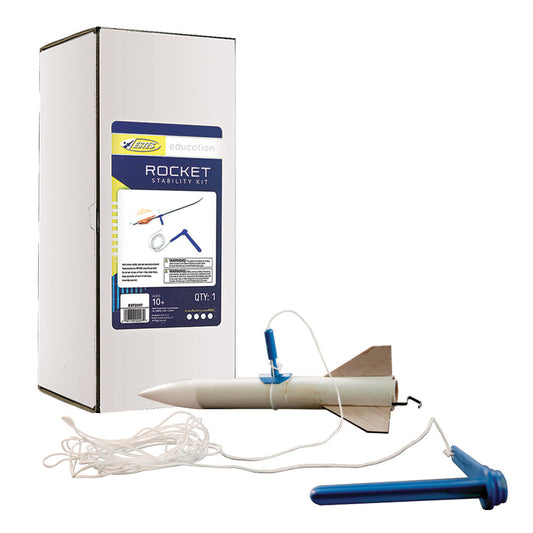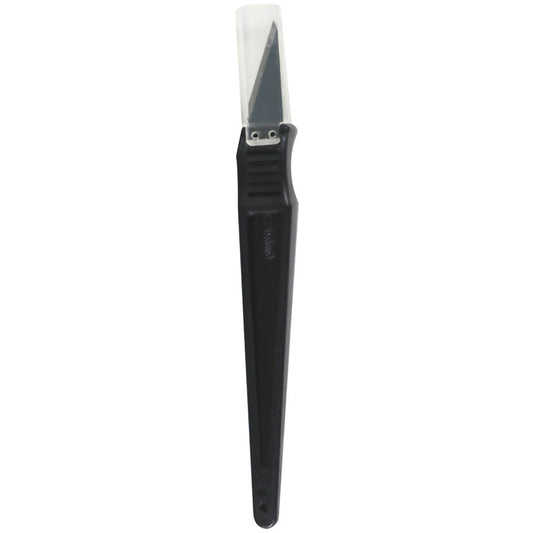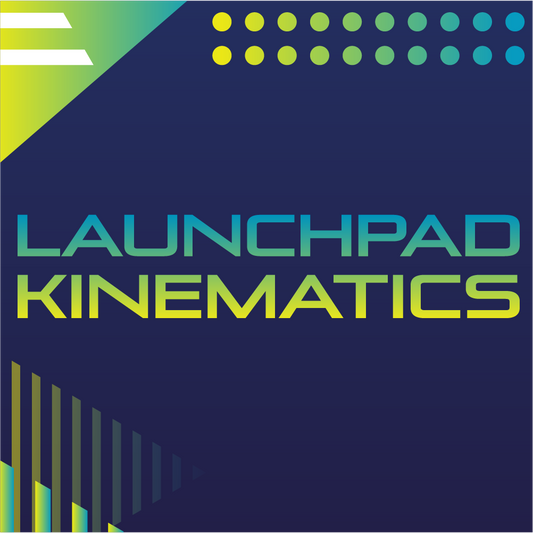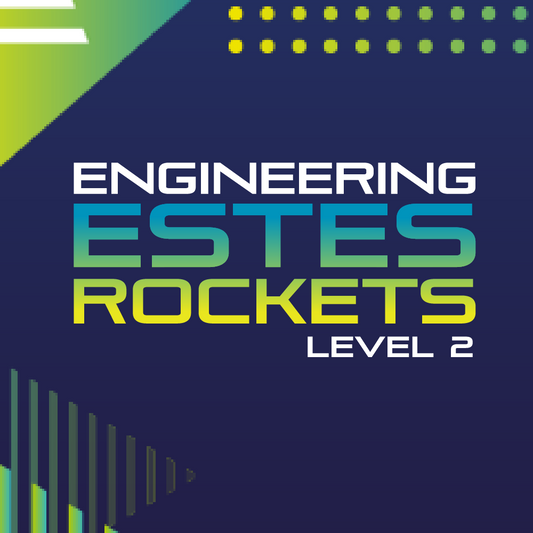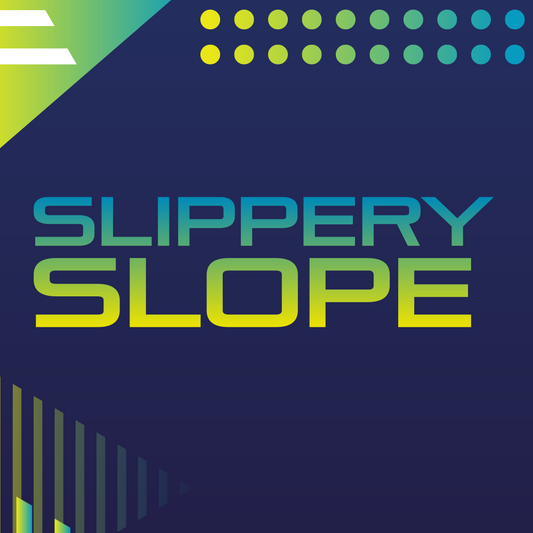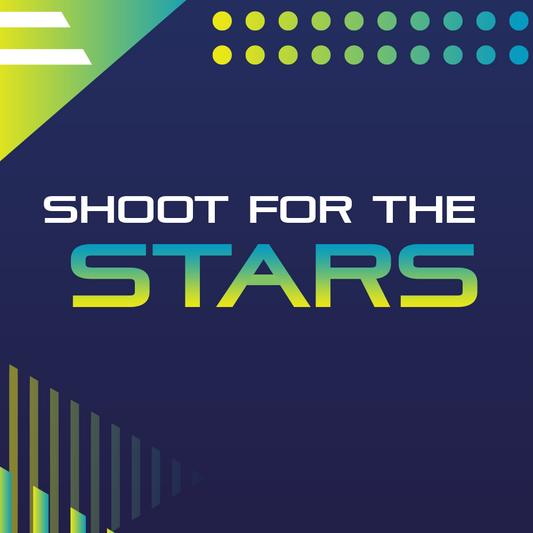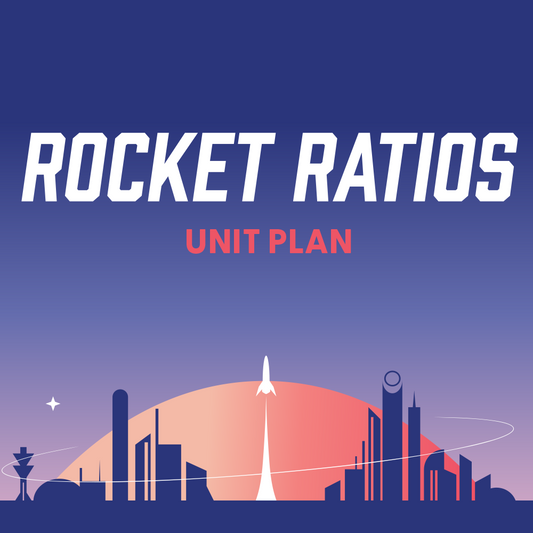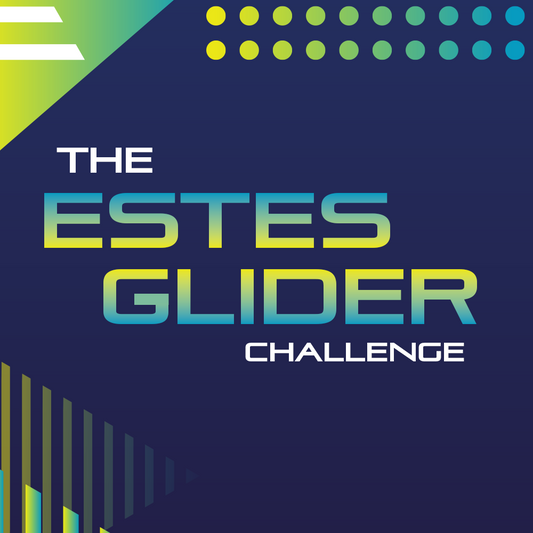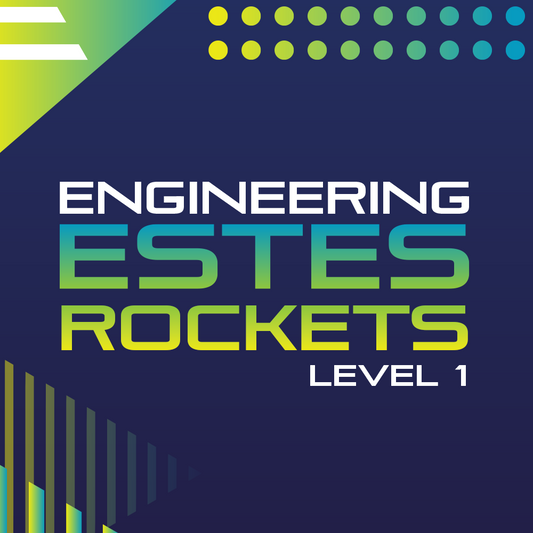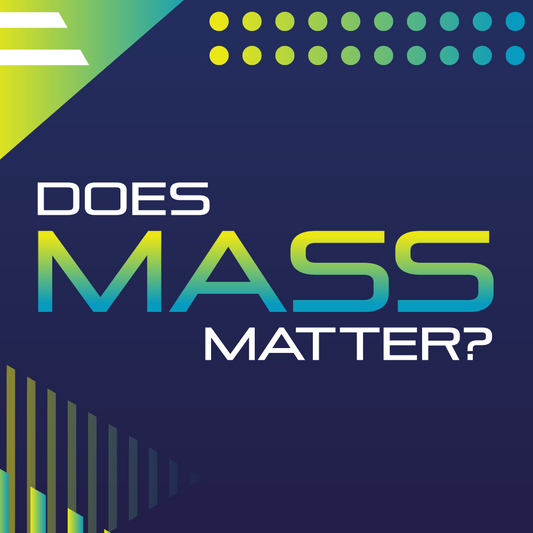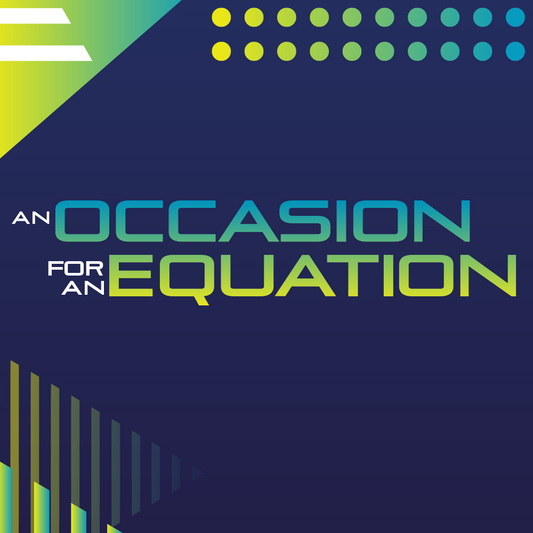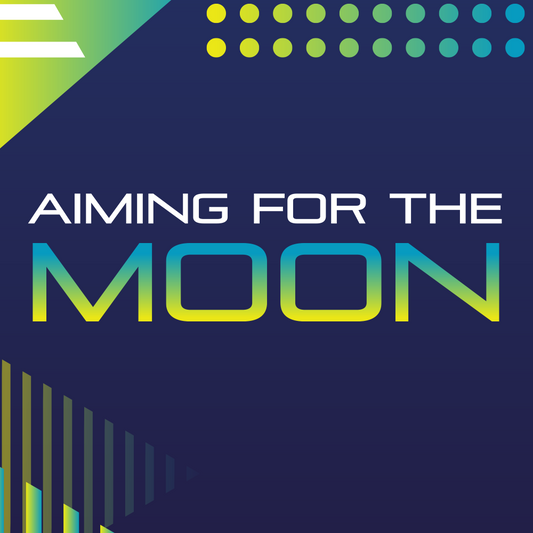CCSS.ELA-LITERACY.WHST.6-8.2
Write informative/explanatory texts, including the narration of historical events, scientific procedures/ experiments, or technical processes.
CCSS.ELA-LITERACY.WHST.6-8.2.D
Use precise language and domain-specific vocabulary to inform about or explain the topic.
CCSS.ELA-LITERACY.WHST.6-8.4
Produce clear and coherent writing in which the development, organization, and style are appropriate to task, purpose, and audience.
CCSS.ELA-LITERACY.WHST.6-8.6
Use technology, including the Internet, to produce and publish writing and present the relationships between information and ideas clearly and efficiently.
CCSS.ELA-LITERACY.SL.6.1, SL.7.1, SL.8.1
Engage effectively in a range of collaborative discussions (one-on-one, in groups, and teacher-led) with diverse partners on grade level topics, texts, and issues, building on others’ ideas and expressing their own clearly.
CCSS.ELA-LITERACY.SL.6.4, SL.7.4, SL.8.4
Present claims and findings, sequencing ideas logically and using pertinent descriptions, facts, and details to accentuate main ideas or themes; use appropriate eye contact, adequate volume, and clear pronunciation.
CCSS.ELA-LITERACY.SL.6.5, SL.7.5, SL.8.5
Include multimedia components (e.g., graphics, images, music, sound) and visual displays in presentations to clarify information.
CCSS.ELA-LITERACY.SL.6.6, SL.7.6, SL.8.6
Adapt speech to a variety of contexts and tasks, demonstrating command of formal English when indicated or appropriate

